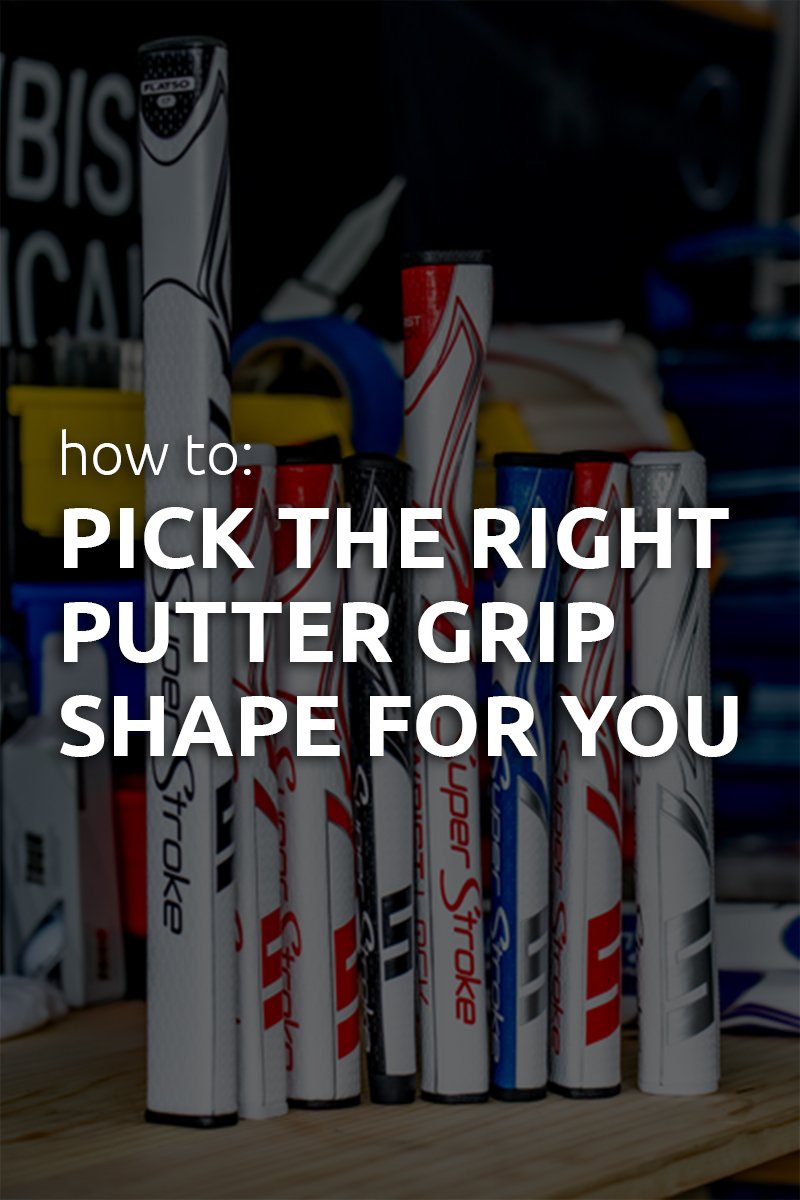How can a new putter grip help your putting stroke?
One of the most overlooked pieces of golf equipment in the bag is the putter grip. Often, most players will just use whatever grip comes on their putter. Or even further, they may pick a putter based on how the grip feels, rather than picking the right putter for themselves. So how exactly can a new grip help your putting stroke? With help from our sponsors at SuperStroke, let’s break it down.
If you’ve just bought a new putter and are feeling like something is just not quite right, it could need a grip swap! The good news is that a new putter grip is a small investment to get back on track. One of the most common reasons for switching putter grips is to get a different shape in your hands. Everyone prefers a different feel in the hands, and how you grip the putter can change what shapes feel better to you. For example, if you are a cross-handed golfer, or weak-hand-low golfer, you may find yourself more comfortable with a flat sided shape that fills in your lower hand a little bit more than a traditional style. We did a full breakdown for how to choose the right putter grip for your game! Click the button below to read.
The most obvious grip switch to make is if your putting technique has a technique specific grip available. For example, if you’re somebody who uses a claw technique you may want to switch into an actual claw technique grip like the Zenergy CLAW from SuperStroke. By switching to a grip that supports the putting technique that you use, you’ll feel more comfortable with your putting stroke, and make more putts! Other technique specific grips include the SuperStroke Zenergy Wristlock and the SuperStroke Zenergy 1.0 2-Piece broomstick handle style grips.
The last reason to switch grips would be to change grip sizes. Most stock putters come with a 1.0 or maybe a 2.0 sized putter grip, and that’s great for lots of golfers but it may not be the best for YOU. If you’re somebody with larger hands you may need to swap out that stock grip for a larger grip just to feel more comfortable with your putter in your hands. There are reasons however for anybody to use a larger putter grip. Somebody stuck with a putter that doesn’t necessarily complement their putting stroke can use their grip to compensate. For example, if somebody with a fairly straight back straight through putting stroke is using a putter with lots of toe hang, they may move up to a larger grip to try and slow down that face rotation a little bit more. There’s a full breakdown of how size affects your putting stroke in our Grips Learning Center section which you can read here.
Thanks to our sponsors at SuperStroke USA for providing us with the grips you saw in today’s demonstrations. For more information about the entire lineup of SuperStroke products visit their website at superstrokeusa.com








